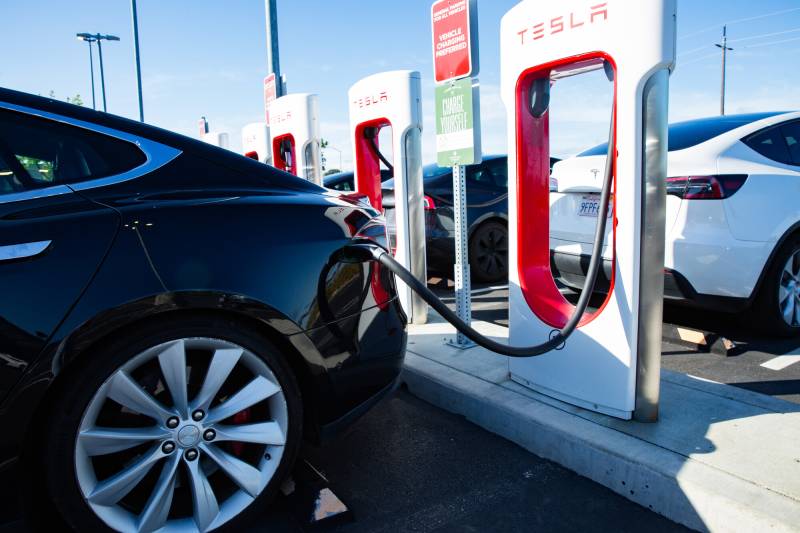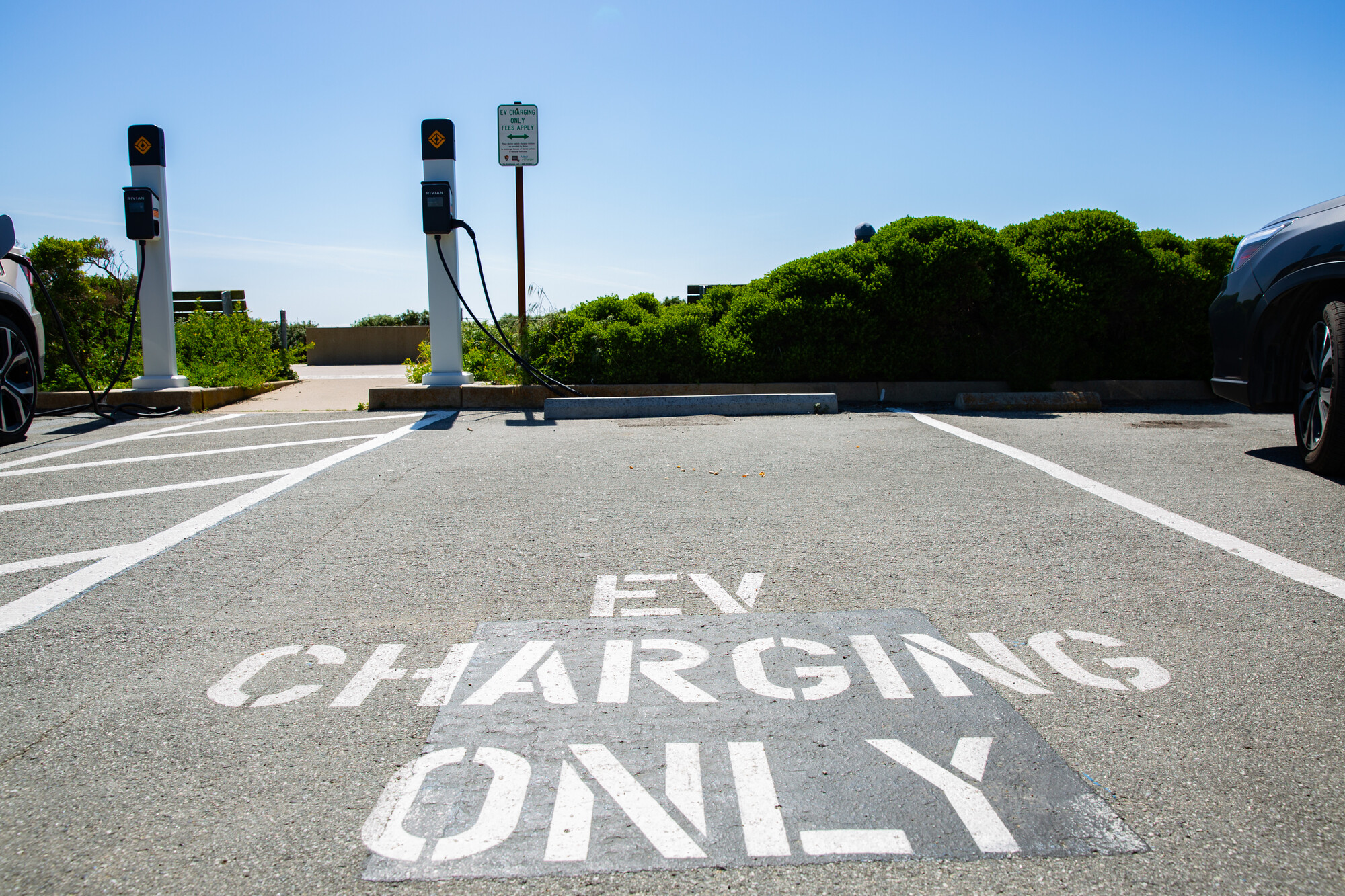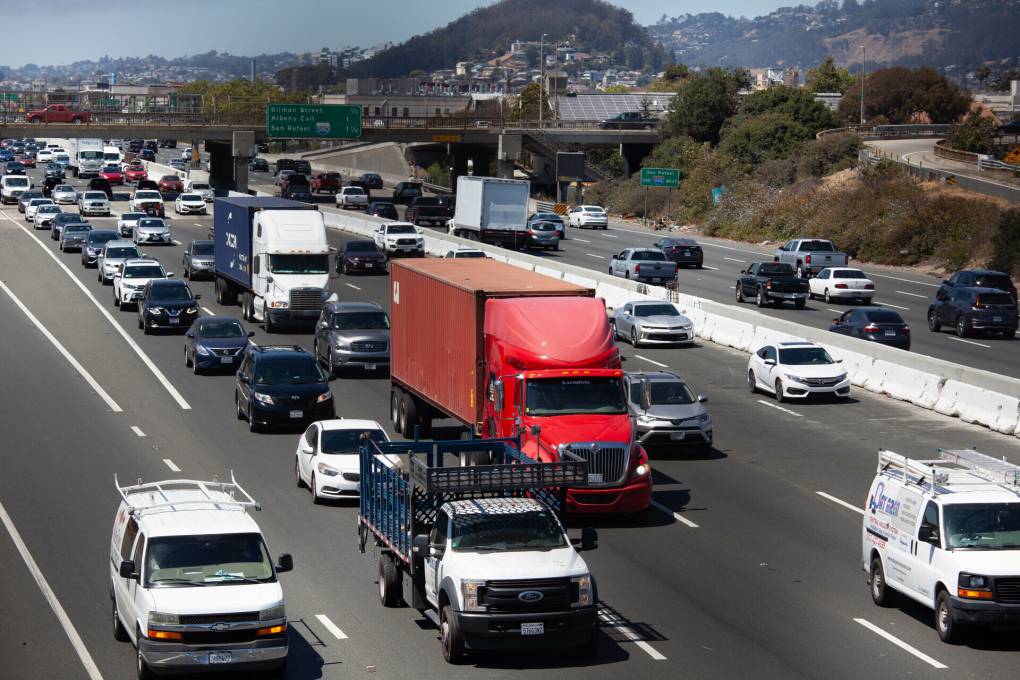President Richard Nixon signed the Clean Air Act into law in 1970, giving the EPA the authority to regulate air pollution from cars. The law bars states from enacting their own regulations, except California, given its unique air pollution problems.
California’s standards must be at least as strict as federal law and are considered necessary “to meet compelling and extraordinary conditions.” While other states can’t set their own standards, they can adopt California’s.
Colorado, Delaware, Maryland, Massachusetts, New Jersey, New Mexico, New York, Oregon, Rhode Island, Vermont, Washington and the District of Columbia have adopted the 2035 zero-emissions standards for new car sales.
Meanwhile, the Supreme Court has weighed in on California’s authority to enforce its own tailpipe emissions standards. Earlier this week, the court denied an appeal calling into question the constitutionality of allowing a state like California to exceed federal standards on tailpipe emissions under the Clean Air Act.
But last week, the court agreed to hear a more narrow case involving California’s waiver: whether the oil and gas industry has the standing to sue the state over its exemption.
The passenger vehicle waiver is just one of eight California has requested from the EPA. The other waivers, still pending approval, address emissions from heavy-duty trucks, trains, leaf-blowers and other sources.
Despite the likely conflict coming from the Trump administration, law professor Ethan Elkind believes the long-term trajectory toward electric vehicles will remain the same.
“Battery prices are coming down so dramatically that in the end, it’s not going to matter that much,” said Elkind, who directs the Climate Program at UC Berkeley’s Center for Law, Energy & the Environment. “We’re moving toward all battery electric vehicles for most of our transportation with really just a few exceptions. It’s really just a question of how quickly we’re going to get there. And is the United States going to lag the rest of the world?”


